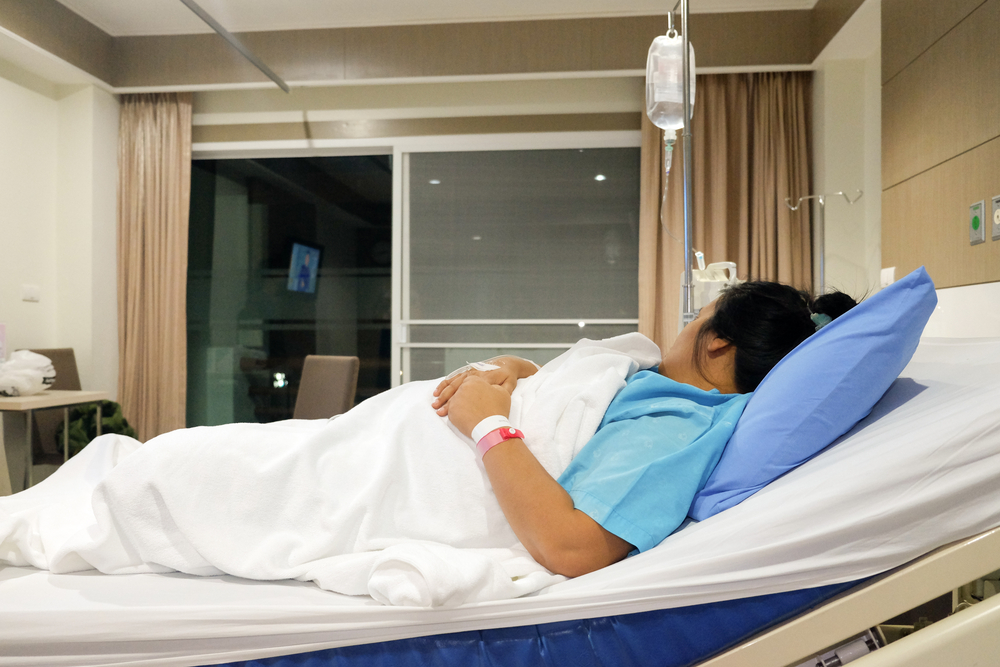Cardiac Sarcoidosis Cases Doubled in US from 2005-2011, Study Finds
Written by |

A U.S. nationwide study found the number of cardiac sarcoidosis (CS) cases doubled from 2005 to 2011, concluding that the disease may not be as rare as researchers thought.
CS is a life-threatening disease characterized by inflammation and accumulation of white blood cells in the heart. It is considered rare and only diagnosed in about 5% of patients with sarcoidosis. But the actual rate of occurrence is considered to be much higher than that since it is detected in up to 25% of patients with systemic sarcoidosis at autopsy or using advanced imaging techniques.
Disease awareness and advanced imaging are both contributing to an increase in cases diagnosed with cardiac sarcoidosis, with a recent study in Finland reporting a 20-fold increase in CS cases between 1988 and 2014.
The authors of the study, “Trends in Hospitalizations for Cardiac Sarcoidosis in the United States, 2005–2011,” published in the Circulation Journal, analyzed trends in CS diagnosis and hospitalization in the U.S.
The study analyzed data from the Healthcare Cost and Utilization Project Nationwide Inpatient Sample (HCUP-NIS), which contains discharge-level data from about 8 million cases of hospitalizations per year.
The authors identified 13,045 cases of CS hospitalizations from the years 2005 to 2011 using the “International Classification of Diseases-9th Revision (ICD-9) code 135 (sarcoidosis), combined with code 425.8 (cardiomyopathy in other diseases including sarcoidosis and sarcoid heart muscle disease).”
Annual admission nearly doubled, from 1,108 in 2005 to 2,182 in 2011, with the proportion of males increasing from 39.3% in 2005 to 50.1% in 2011. The near-100% increase in CS cases is consistent with the Finnish study, which reported a doubling in CS cases from 2003 to 2007 and from 2008 to 2012.
Most of the CS patients were between 35 and 64 years old. The authors also found a higher proportion of African-American patients with CS(48%), which is consistent with previous findings. CS patients with ventricular tachycardia, ventricular fibrillation, and heart failure all increased during the period of study, while in-hospital deaths decreased.
Compared with previous studies, the current study reported lower percentages of female patients and those with advanced atrioventricular block. The authors said this may be due to different sample approaches and geographical locations.
The authors concluded that their “finding that annual hospitalizations for CS have increased since 2005 in the USA confirmed previous studies and provides evidence for improved detection and awareness of this life-threatening disease.”





